Rhodesian Ridgeback: The Ultimate Guide to the Lion Hunter
Discover the history, traits, care needs, and fascinating facts about the Rhodesian Ridgeback, Africa’s legendary lion hunter.
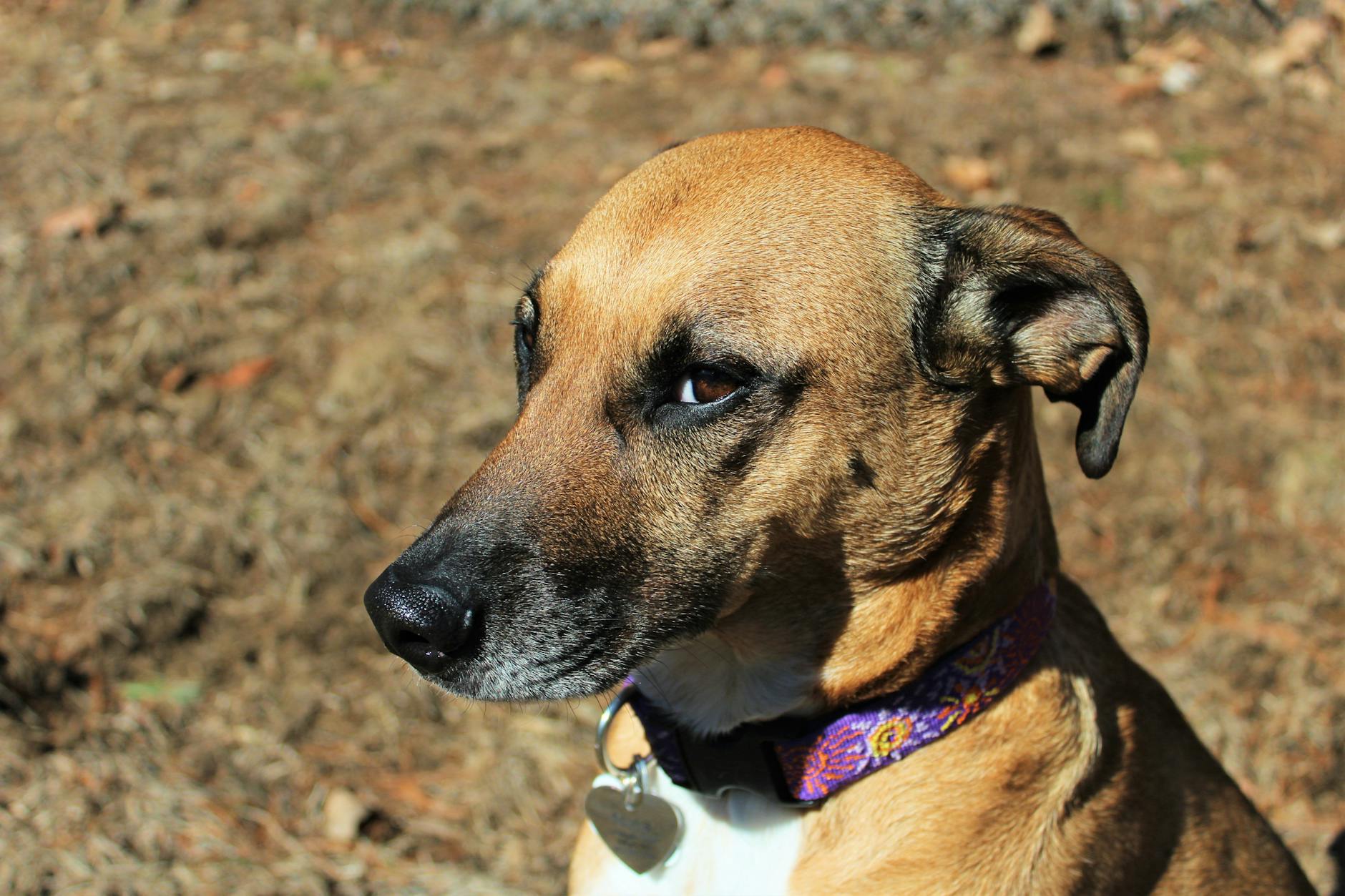
Rhodesian Ridgeback: The Ultimate Guide to Africa’s Lion Hunter Dog
The Rhodesian Ridgeback is a breed renowned for its unique ridge of hair, rich African heritage, and reputation as a fearless and loyal companion. Originally bred to hunt large game in the wilds of Southern Africa, these dogs have evolved into family guardians and affectionate companions worldwide. This comprehensive guide explores the breed’s history, physical characteristics, temperament, health, care requirements, and answers common questions for prospective owners.
Breed Overview
- Group: Hound
- Origin: Southern Africa (formerly Rhodesia, now Zimbabwe)
- Height: Males: 25–27 in; Females: 24–26 in
- Weight: Males: 85 lbs (38 kg); Females: 70 lbs (32 kg)
- Coat: Short, dense, sleek, and glossy
- Color: Light wheaten to red wheaten; small white patches on chest and toes permissible
- Life Expectancy: 10–12 years
- Key Feature: Distinctive ridge of hair along the back, growing opposite to the coat
History and Origins
The Rhodesian Ridgeback traces its ancestry to Southern Africa, where Boer farmers needed versatile, resilient dogs capable of handling harsh conditions. Local Khoikhoi dogs—with a trademark ridge—were crossed with European breeds such as Mastiffs, Great Danes, Bulldogs, Bloodhounds, Greyhounds, and Terriers brought by settlers during the 1600s and onward.
- The breed’s primary job was to flush, track, and corner game, including lions, without direct confrontation, as well as to guard homesteads from threats.
- By the late 19th and early 20th centuries, selective breeding led to the modern Ridgeback. The first breed standard was written in 1922.
- The American Kennel Club (AKC) recognized the breed in 1955, with actor Errol Flynn among the first U.S. breeders.
Physical Characteristics
The Rhodesian Ridgeback’s athletic frame was designed for endurance and versatility.
- Build: Strong, muscular, and balanced, with great stamina and speed.
- Height & Weight:
- Males: 25–27 inches, up to 85 lbs
- Females: 24–26 inches, up to 70 lbs
- Coat: Short, dense, easy to maintain; light to red wheaten shades.
- Signature Ridge: Begins behind the shoulders and tapers toward the hips, formed by a strip of hair growing in the opposite direction. Two symmetrical whorls (crowns) are found at the start.
- Other markings: Small white patches on chest and toes are acceptable; dark muzzle and ears permitted.
Rhodesian Ridgeback Breed Comparison Table
| Trait | Rhodesian Ridgeback | Typical Hound |
|---|---|---|
| Size | Large/Strong | Medium to Large |
| Coat | Short, wheaten, distinctive ridge | Varies (commonly short) |
| Temperament | Loyal, dignified, protective | Varies (can be docile or aloof) |
| Barking Level | Low | Medium to High |
| Lion Hunting Ability | Noted for tracking and cornering lions | Generally not used for big game |
Temperament and Personality
Rhodesian Ridgebacks are celebrated for their loyalty, intelligence, and even-tempered nature. While they are highly affectionate with their families, these dogs often appear aloof and reserved toward strangers.
- Loyal & Protective: Forms deep bonds with household members and readily guards them.
- Even-Tempered: Dignified and calm; rarely barks unless there is reason.
- Independent: Prone to independent thinking and can be stubborn if not properly trained.
- Kid-Friendly: Generally gentle with children, but their strong build may inadvertently knock over small kids.
- Dog & Pet Friendliness: Moderately tolerant of other dogs and pets, but early socialization is essential.
Temperament Ratings
| Trait | Rating |
|---|---|
| Affection Level | High |
| Friendliness | Medium |
| Kid-Friendly | High |
| Pet-Friendly | Medium |
| Energy Level | Medium |
| Playfulness | Medium |
| Intelligence | High |
| Trainability | Medium |
| Tendency to Bark | Low |
| Shedding Level | Medium |
Living Needs and Suitability
The Rhodesian Ridgeback’s strong and athletic nature makes it best suited for households that can provide physical and mental stimulation. They are not ideal first-time pets due to their size and independent streak.
- Space Requirements: Best for homes with a fenced yard or access to open spaces.
- Companionship: Thrive in environments where they receive ample attention and interaction.
- Children: Need careful supervision—large size can overwhelm small children.
- Other Pets: With socialization, can coexist peacefully with other animals.
Exercise and Activity Needs
Originally bred for endurance and hunting, the Rhodesian Ridgeback requires substantial exercise to remain healthy and content.
- Daily Exercise: 1–2 hours of activity, including walks, jogs, and play sessions.
- Mental Stimulation: Engage with puzzle toys, scent work, or obedience training to keep their intelligent minds sharp.
- Supervised Off-Leash: Reliable recall is essential if exercising off-leash, as their prey drive may trigger a chase instinct.
Training and Socialization
Consistent, positive reinforcement training methods are crucial for this breed. Early socialization with people, other animals, and various environments helps shape well-mannered adults.
- Obedience: Start training early and use reward-based techniques; avoid harsh methods.
- Socialization: Expose puppies to a wide range of sights, sounds, people, and places.
- Firm Leadership: Owners must establish gentle but clear rules and boundaries.
- Patience: The breed’s independent streak may present training challenges.
Grooming and Care
The Rhodesian Ridgeback’s short coat is easy to care for, but regular grooming maintains cleanliness and reduces shedding.
- Brushing: Weekly brushing keeps the coat sleek and removes loose hairs.
- Bathing: Bathe as needed; typically, every few months unless dirtied.
- Nail Care: Trim nails regularly to prevent splitting and overgrowth.
- Ear/Eye Care: Clean ears and check eyes periodically for signs of infection or debris.
- Dental Health: Routine tooth brushing and dental chews help maintain oral hygiene.
Health and Genetic Considerations
Rhodesian Ridgebacks are, overall, a healthy and hardy breed, but like all purebreds, they are predisposed to certain conditions.
- Dermoid Sinus: A congenital skin defect linked to the ridge; responsible breeding protocols reduce incidence.
- Hip and Elbow Dysplasia: Joint issues common in large breeds; ask breeders for health clearances.
- Thyroid Issues: Hypothyroidism can occur.
- Eye Problems: Includes cataracts and progressive retinal atrophy (PRA).
- Other: Ear infections, bloat (gastric torsion), and allergies may also be seen.
Routine veterinary care, a balanced diet, weight management, and regular exercise are key preventive measures.
Feeding and Nutrition
A balanced diet suited to the dog’s age, weight, and activity level is essential. Consult your veterinarian for specific recommendations about food type, portion sizes, and feeding frequencies.
- High-Quality Food: Choose commercial or home-prepared diets approved by a vet.
- Calorie Management: Monitor calorie intake to avoid obesity, especially in less-active dogs.
- Treats: Provide in moderation, accounting for total daily caloric intake.
- Water: Ensure fresh, clean water is always available.
Rhodesian Ridgebacks: Pros and Cons
| Advantages | Challenges |
|---|---|
|
|
Rhodesian Ridgeback Fun Facts
- Nicknamed “African Lion Hound” for their history in tracking and cornering lions.
- Actor Errol Flynn was an early American Ridgeback enthusiast.
- The ridge is a dominant genetic trait, yet not all puppies in a litter will have one.
- Ridgebacks are quieter than many hounds, barking only when necessary.
Frequently Asked Questions (FAQs)
Q: Are Rhodesian Ridgebacks good for families with children?
A: Yes. They are affectionate and gentle with children, but their strength and energy mean supervision is needed, especially with young kids.
Q: How much exercise does a Rhodesian Ridgeback need?
A: At least 1–2 hours daily, including walks, running, and playtime. Mental stimulation is also important to prevent boredom-related behaviors.
Q: Do Ridgebacks get along with other dogs and pets?
A: With early socialization, Ridgebacks can live harmoniously with other dogs and pets, but their strong prey drive and assertive temperament should be managed from a young age.
Q: Are Rhodesian Ridgebacks easy to train?
A: They are intelligent but can be independent and stubborn. Early, consistent positive reinforcement training yields the best results.
Q: What health issues should I watch for?
A: Dermoid sinus (related to the ridge), hip/elbow dysplasia, hypothyroidism, and eye issues. Selecting a responsible breeder who screens for these is vital.
Is the Rhodesian Ridgeback Right for You?
If you seek a loyal, athletic, and protective dog and have the time and space to dedicate to their exercise and training needs, the Rhodesian Ridgeback can be an exceptional companion. Their dignified temperament and rich heritage make them a standout among canine breeds, but they are not for the faint of heart or inexperienced owners. With the right environment and commitment, they offer unwavering loyalty and love.
References
- https://www.akc.org/dog-breeds/rhodesian-ridgeback/
- https://www.hillspet.com/dog-care/dog-breeds/rhodesian-ridgeback
- https://en.wikipedia.org/wiki/Rhodesian_Ridgeback
- https://mywoof.com/blogs/articles/dog-breed-profile-rhodesian-ridgeback
- https://www.thesprucepets.com/breed-profile-rhodesian-ridgeback-1117992
Read full bio of medha deb



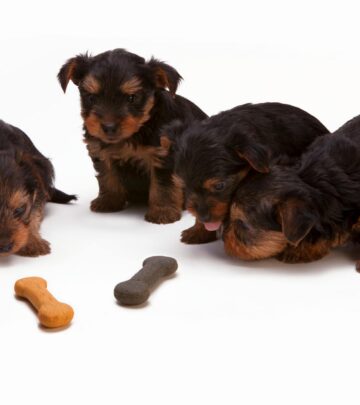

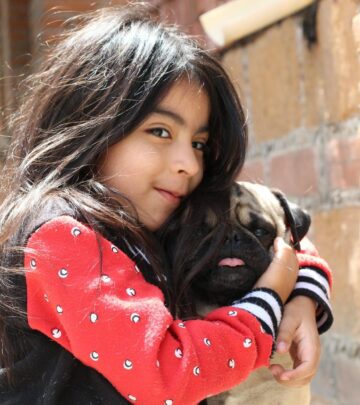

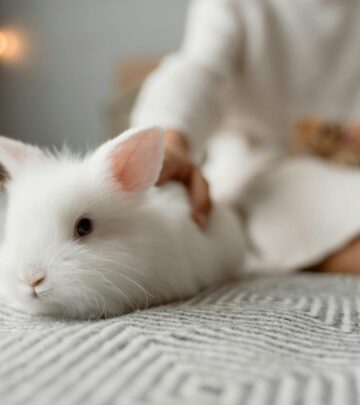



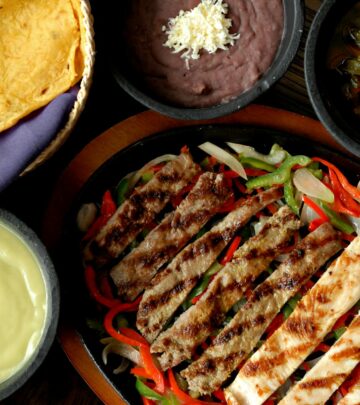
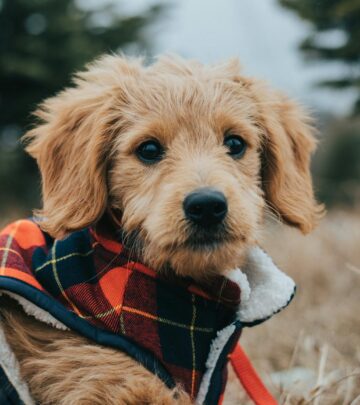
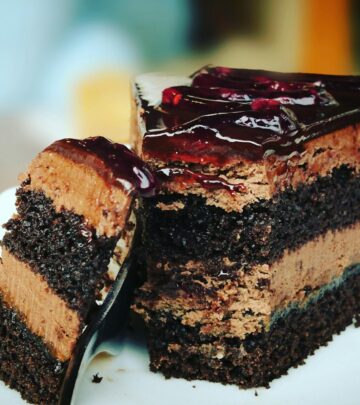
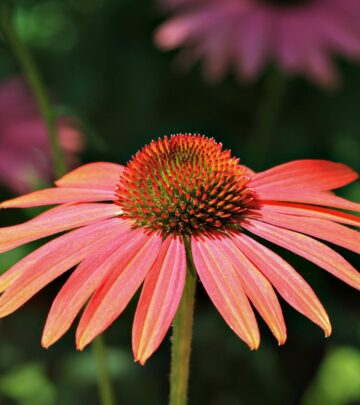

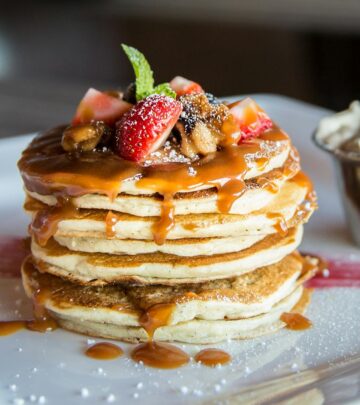
Community Experiences
Join the conversation and become a part of our empowering community! Share your stories, experiences, and insights to connect with other beauty, lifestyle, and health enthusiasts.